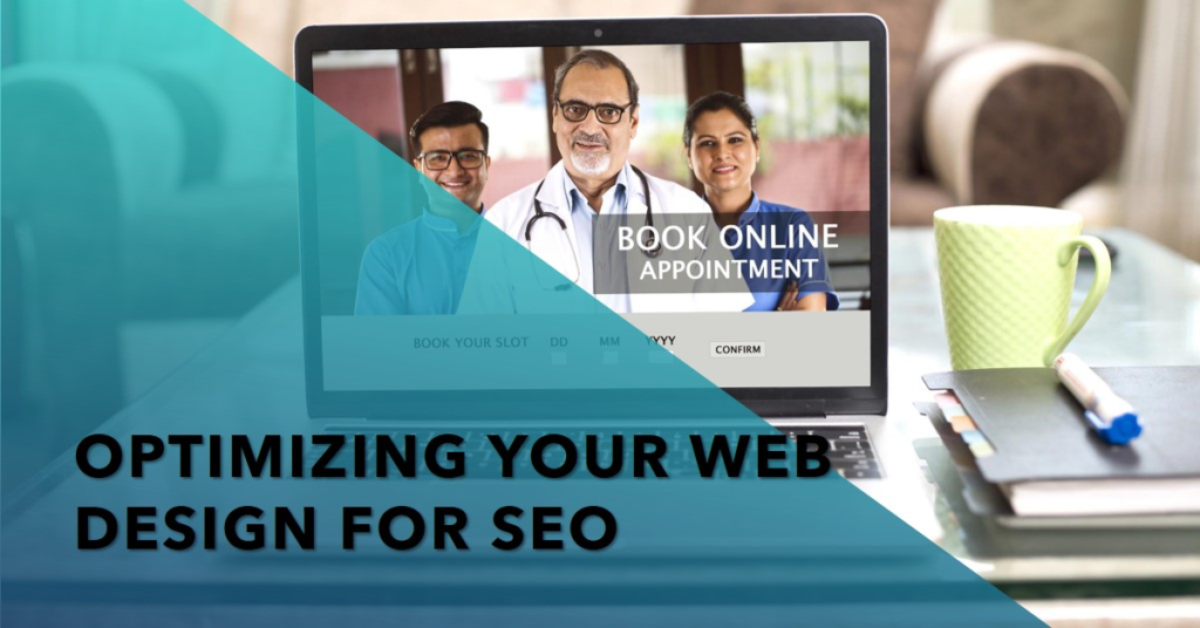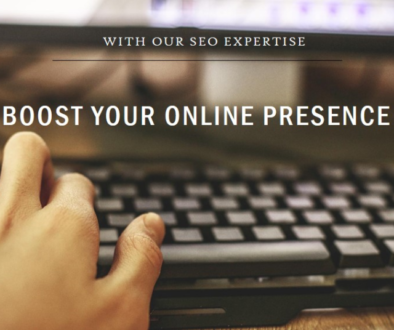The Role of SEO in Web Design
The digital world is competitive. A well-designed website is crucial. However, it is not enough for online success. SEO is fundamental. It enhances the visibility and reach of a website. You need to incorporate SEO into web design from the start. It’s vital for top search rankings. This article explores the big role of SEO in web design. It focuses on thinking about SEO in web design projects in Leeds and beyond.
Understanding SEO and Web Design
SEO involves many strategies. They aim to improve a website’s visibility on search engines like Google. This includes on-page elements, such as content and HTML. It also includes off-page factors, like backlinks and social signals. Web design is different. It involves making the layout, look, and usability of a website. When these two fields intersect. The result is a website that looks good. It is also set up for search engines.
The Importance of SEO in Web Design
1. Improved Search Engine Rankings: SEO aims to boost a website’s rank on search engine results pages (SERPs). The goal is to achieve better rankings. By incorporating SEO into the web design, you can create a site. It is more likely to rank high for relevant keywords. This higher visibility brings organic traffic to your website. It is crucial for business growth.
2. SEO and UX intertwine seamlessly to create a rich user experience. Search engines like Google consider user experience as a ranking factor. An easy-to-use website ranks higher in search results. It delivers prompt access to meaningful information. By incorporating SEO into web design, your site meets these criteria. This leads to a better user experience.
3. Increased Website Traffic: Higher search engine rankings result in more organic traffic. Users are more likely to click on websites that appear on the first page of search results. Design your website with SEO in mind. This increases the chances of attracting more visitors. They are searching for the products or services you offer.
4. Higher Conversion Rates: An SEO-optimised website attracts targeted traffic. Your offerings are more likely to interest them. This will lead to higher conversion rates. Make your site easy for users to use and good for SEO. This way, you can turn visitors into customers.
Key SEO Elements in Web Design
1. Design: Responsive Design is essential because the use of mobile devices is increasing. Google uses mobile-first indexing. It relies on mobile website versions for ranking and indexing purposes. Your website must be responsive. It must provide a seamless experience on all devices. This is critical for SEO.
2. Site Speed: Website loading speed is a crucial factor for both user experience and SEO. Websites with delayed loading times prompt visitors to abandon them. This hurts your search rankings. Improving site speed involves optimizing images. It also means using browser caching, and reducing HTTP requests.
3. Clean and Crawlable Code: Search engines use bots to crawl websites and index their content. Clear, well-structured code helps bots understand your site’s content and structure. Using semantic HTML5 tags, proper heading hierarchy, and structured data can enhance crawlability.
4. Optimised Content: Content is a core component of SEO. Adding relevant keywords to your content helps search engines understand your site. Also, making good, engaging content adds value for users. It can improve your site’s ranking.
5. URL Structure: Clean and descriptive URLs are important for both SEO and user experience. URLs should be easy to read and include relevant keywords. Avoid using complex and lengthy URLs with unnecessary parameters.
6. Meta Tags and Descriptions: Title tags and meta descriptions are vital for SEO. They provide search engines and users with information about the content of a page. Adding keywords to your title tags and meta descriptions can boost your click-through rates.
7. Internal linking: Internal links help search engines understand your website’s structure. They show the relationships between pages. They also aid in distributing page authority and enhancing user navigation. Linking relevant pages strengthens search engine rankings and enhances user interaction.
8. Image Optimisation: Images play a significant role in web design, but they can also impact SEO. Use descriptive file names and alt tags for images. Compressing images keeps quality but speeds up sites. It helps SEO.
The Role of Web Design Agencies
Integrating SEO into web design is complex. Working with pro web design agencies can be very helpful. For example, agencies in web design Leeds can provide tailored solutions. They include SEO best practices from the start. These experts understand both fields’ nuances. They can make websites that are pretty and optimized for search engines.
Conclusion
The integration of SEO into web design is no longer optional; it is a necessity for online success. A website designed for SEO ranks higher in search results. It also provides a better user experience. It attracts more traffic and has higher conversion rates. Focusing on key SEO elements can help. These include responsive design. They also include site speed, clean code, optimized content, and good use of meta tags. They can help businesses create standout websites in the competitive digital landscape.
For new or redesigned websites, web designers in Leeds can ensure your site has good SEO. These experts can help you navigate SEO and web design. This will lead to a successful online presence.
FAQ
- Why is SEO important for my website design? SEO makes your site visible on search engines like Google. Integrating it into your web design from the start ensures your site ranks higher. It also helps it attract more visitors and convert them into customers. Your site must have visual appeal and high search engine visibility.
- How does responsive design impact SEO? Google gives top ranking to websites that adapt to mobile devices. Responsive design ensures your site adapts to any screen size. This includes phones, tablets, and desktops. This improves user experience. It’s a key ranking factor for SEO. It leads to better visibility and more traffic.
- What is “optimized content” and why do I need it? The content incorporates essential topic keywords seamlessly. This helps search engines understand your site’s topic and rank it accordingly. Good content also keeps visitors on your page. This shows search engines that your site is valuable and worth promoting.
Related Article: Mastering Meta Tags, Headings, and Content Structure for SEO Success



